Designer Kathleen Reilly Reveals What It’s Like Working in Japan
Fusing Scottish And Japanese Sensibilities To Create Works Of Art
Winning awards is nothing new to this Scotland-born, Tokyo-based metalwork artist and designer.
 © Photo by Anthony Falconer
© Photo by Anthony FalconerKathleen Reilly has been recognized over the past decade by some of the biggest names in European art and design. Still, accepting an accolade in November 2022 from the online architecture, interiors and design magazine Dezeen for Homeware Design of the Year was particularly special—one of her dreams. Now Reilly hopes the honor will help her launch her winning design, Oku, a new kind of knife with a folded handle.
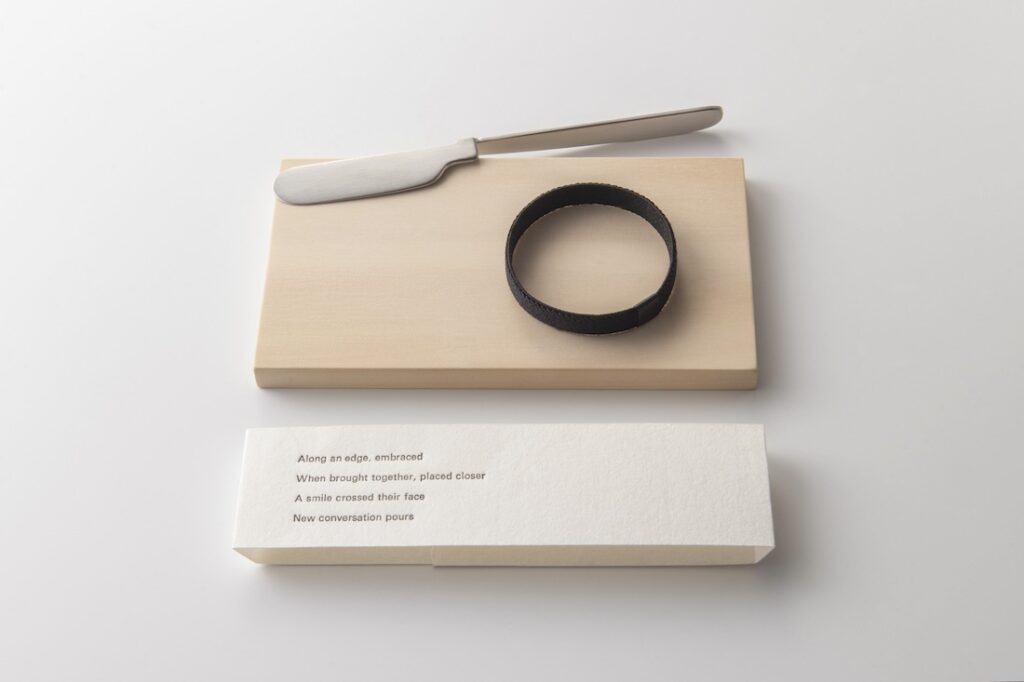 © Photo by Kakeru Ooka
© Photo by Kakeru OokaReilly’s success is founded on extensive study and hands-on experience in the U.K. and Japan. She graduated from The Glasgow School of Art’s Silversmithing & Jewellery Department and the Royal College of Art in London, where she specialized in jewelry and metal, before arriving in Japan in 2019 on a Daiwa Anglo–Japanese Foundation Scholarship.
Since graduating from the scholarship in 2021, she has been working with Japanese artisans to bring her designs to life while also creating metalwork and delivering guest lectures at international institutions in Japan and the U.K.
Savvy Tokyo met up with her to find out about her Japan journey and her current and future projects.
Congratulations on the Dezeen Award. How do you feel?
 © Photo by Kathleen Reilly
© Photo by Kathleen ReillyWinning a Dezeen Award has been a dream of mine ever since they launched the awards program in 2018. I can’t believe I managed to win, also at the age of 28, and with my first product. It is a real honor and also such a great opportunity to be showcased on such a global platform. It has also been a huge confidence boost. I’m looking forward to launching Oku, which won in the Homeware Design of the Year category, so please keep an eye out.
Tell us more about Oku.
 © Photo by Kakeru Ooka
© Photo by Kakeru OokaOku is really subtle; I was trying to create something innovative and also beautiful, inspired by honest design and Japanese aesthetics. The knife’s handle folds at 90 degrees, which allows it to sit on the accompanying wooden board, a plate or its side, without its blade resting on the table. Its composition is also intended to reflect that chopsticks are placed horizontally while Western cutlery is placed vertically. I collaborated with Japanese artisans; the knife is made in Tsubame-Sanjo and the cutting board is being made from domestic Sawara Cypress by Karimoku Furniture.
What brought you to Japan?
My fine art degree was about conceptual ways of thinking and pushing the boundaries—radical ways of making. I had done an exchange program to Tokyo about 10 years ago, so I had been here before. I was very aware of Japan being famous for traditional handcraft and technical skills. At that time, technical skills were really lacking on my side as I only had technical lessons about once a week. I wanted to improve my technical skills and was interested in steelwork, which is what I’m doing now. I wanted to experience Japanese steelwork practices first-hand.
As part of your Daiwa Scholarship, you completed a work placement in Tsubame-Sanjo, Niigata Prefecture, an area specialized in the production of metalwork. How was that experience?
It was such a great opportunity as Tsubame-Sanjo is renowned in Japan and beyond. The scholarship provided six months of training but I felt it wasn’t enough to learn all that I wanted so I stayed an extra year. The experience was tough because no one spoke English but it allowed me to really improve my Japanese. Even after I finished the work placement, I wanted to continue working with people in the industries in Tsubame-Sanjo and continue to develop projects with them.
Can you tell us a little about one of those projects?
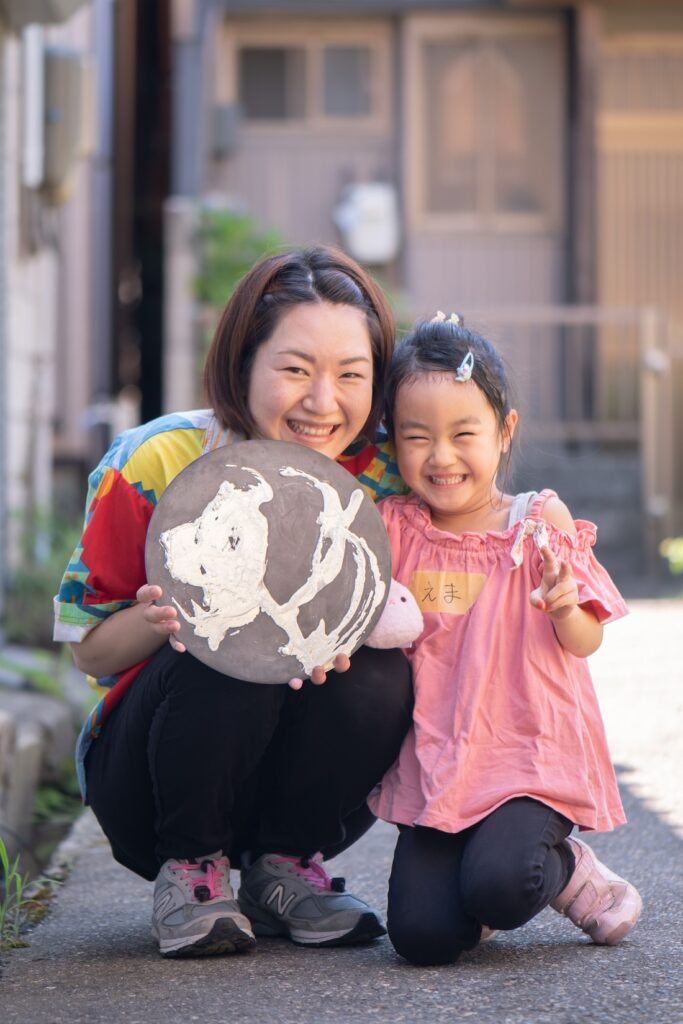 © Photo by Kakeru Ooka
© Photo by Kakeru OokaWith Meguru, I invited craftspeople, children and elderly people in the Tsubame-Sanjo community to make their own plates using an identical sheet of copper. Jeong Kwan, a famous chef of Korean cuisine, created a meal that we served on the plates—which all featured different designs—at a special event in Amsterdam last September. Together, we were able to elevate the dining experience to connect the minds involved in every part of the project’s process, from crafting to dining.
What are you working on now?
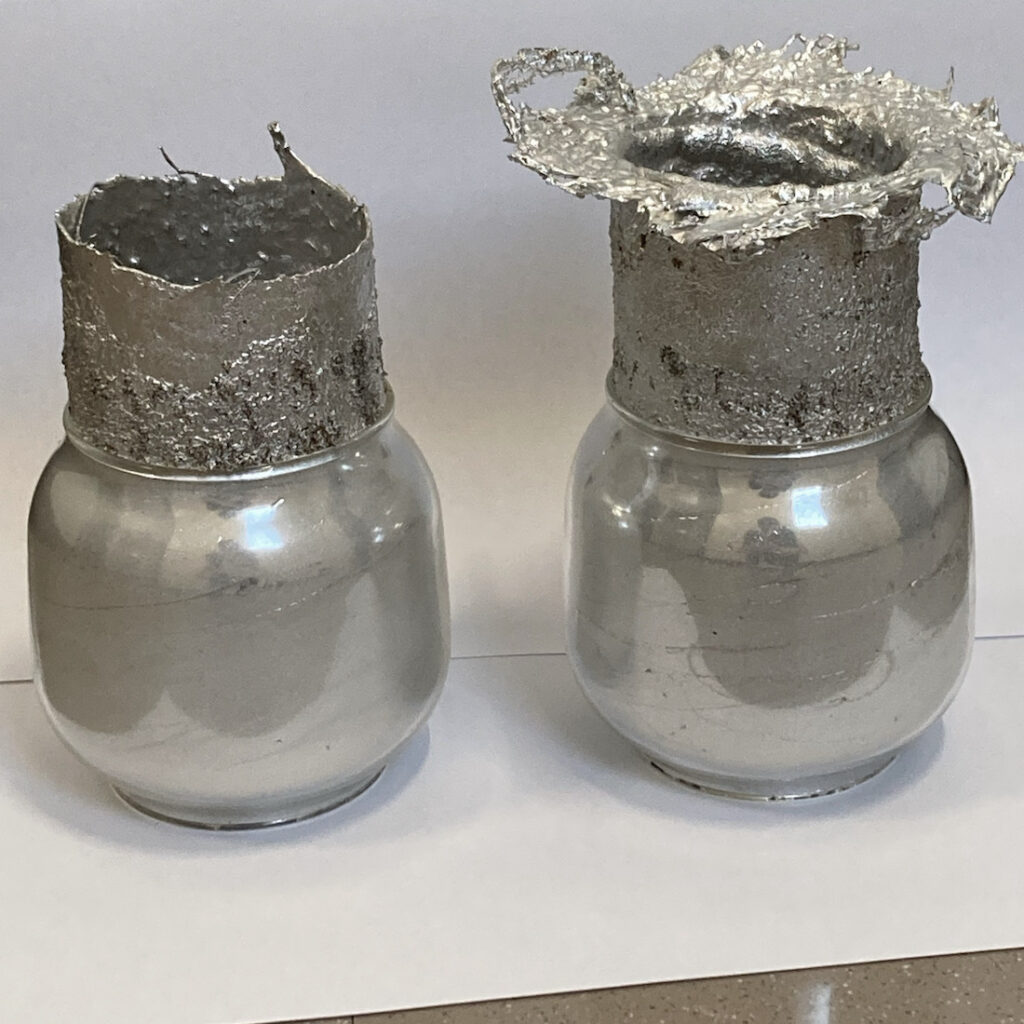 © Photo by Kathleen Reilly
© Photo by Kathleen ReillyI’m collaborating with artisans in Toyama on a design involving glass and metal casting, two materials that the prefecture is an expert in. I want to create giant ornate glass vases with spun metal inside using the technique of centrifugal casting.
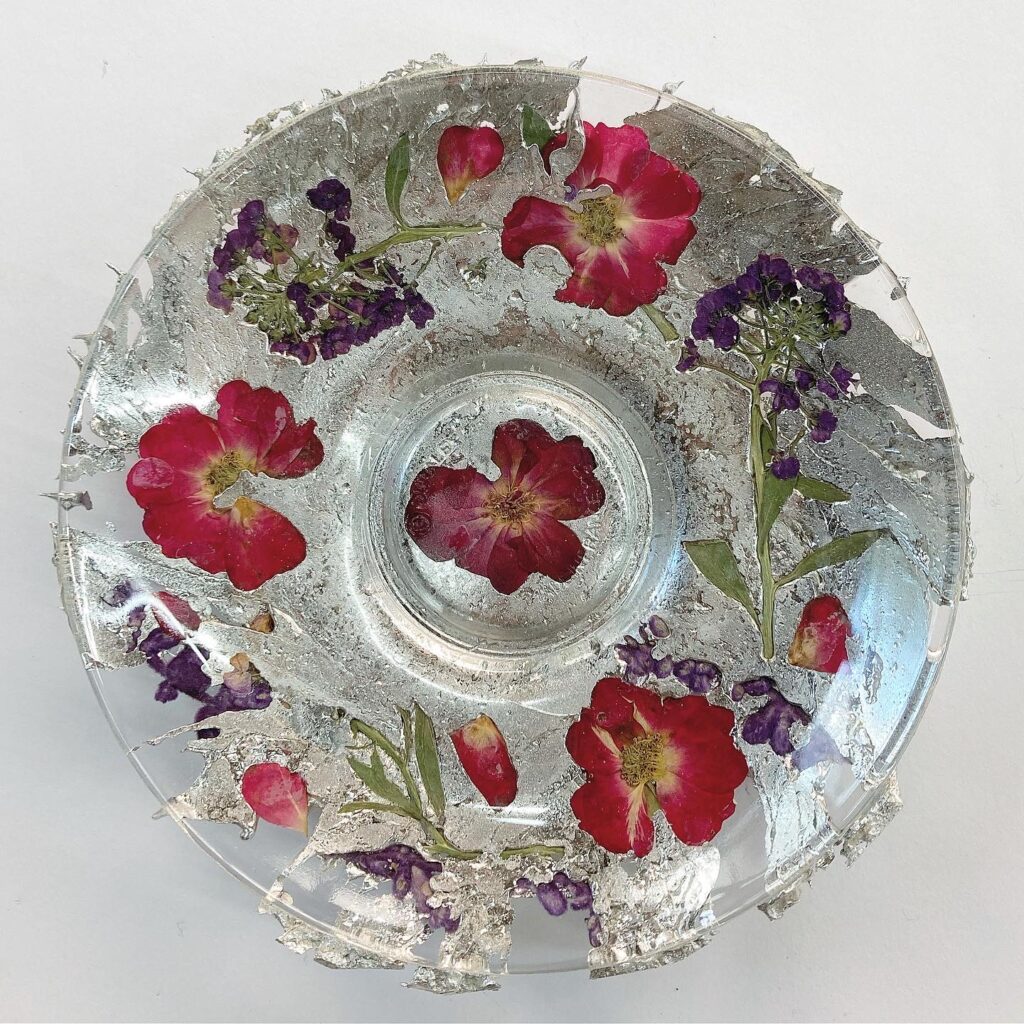 © Photo by Kathleen Reilly
© Photo by Kathleen ReillyPressed in the middle will be flowers, such as lotus and butterflies, as symbols of rebirth. It’s not an easy task but I’ve met some great craftspeople so far; hopefully, we can make something good together.
What is your everyday work life like?
I do quite a mix of messy work in the studio and also clean work where I need a tidy desk. I was recently renting a studio in Hachioji—called Studio Hakkotai—with a group of creatives based in Tokyo. I go there whenever I need to do any hands-on making like grinding or casting metal. It’s a great space and community. At other times I work at my desk at home creating models or doing design work on my laptop and so on. It’s nice to have two separate spaces for two different kinds of work but sometimes can be tricky when I leave something in one place that I need in another.
How has Japan helped your creative journey?
Japan has done wonders for my growth and development as an artist and designer. Being absorbed in the culture has allowed me to think more clearly about the work I want to produce and where I want to move forward. I feel I have been able to create more honest designs that are considerate of materials and making processes. I really recommend it to anyone who is an aspiring designer with an interest in Japanese culture, no matter how long they are planning on visiting.
What tips do you have for aspiring creators who are interested in living in Japan?
I would say learning Japanese would be the biggest tip—it has really opened up so many opportunities for me. Also, it is important to understand that trust and relationships are really important in Japan; it’s not always possible to just dive into whatever project you are wanting to do right away. Be aware that building up solid foundations is important: respect patience, trust yourself and be willing to learn.
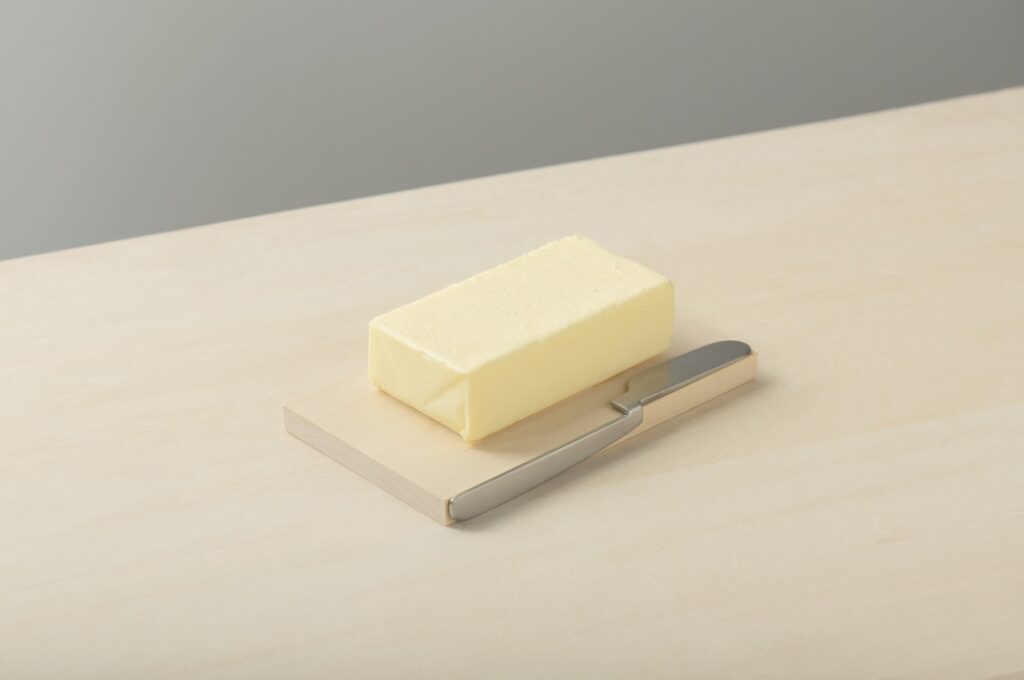 © Photo by Kakeru Ooka
© Photo by Kakeru OokaFind out more about Kathleen Reilly and her work on her official website and Instagram.
Savvy Spotlight is a monthly feature introducing foreign and Japanese women at the frontline of what’s successful, contributing, cool, unique and interesting in the city. If you have anyone in mind you would like us to interview, leave us a comment below with your recommendations!












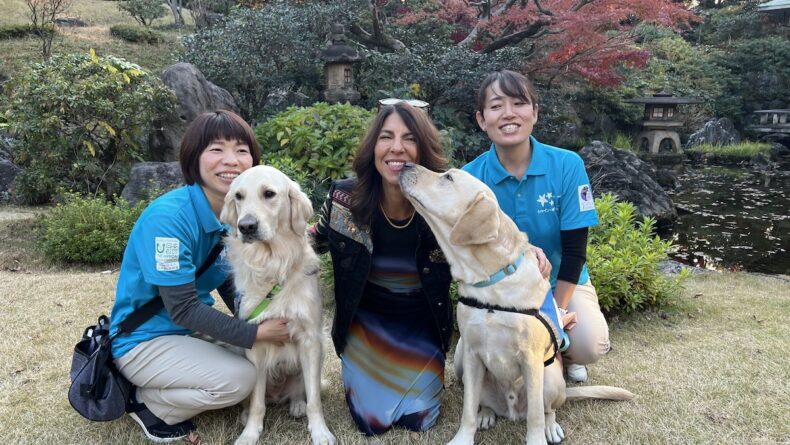
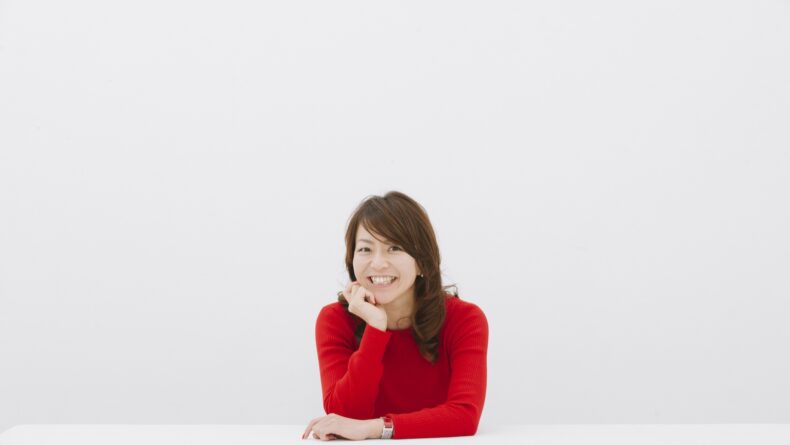
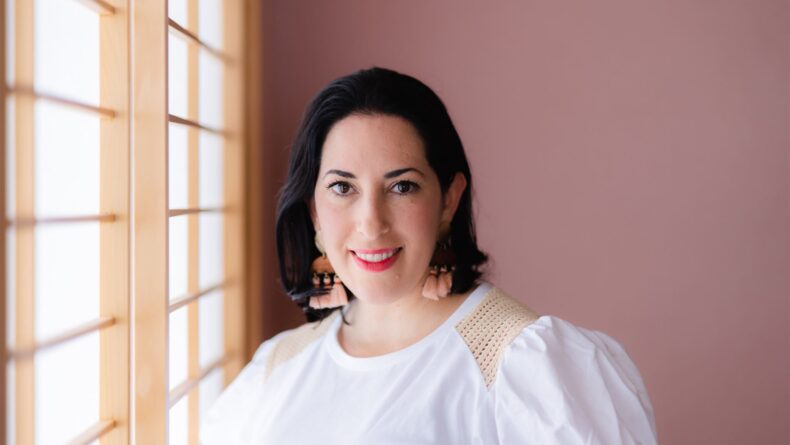

Leave a Reply